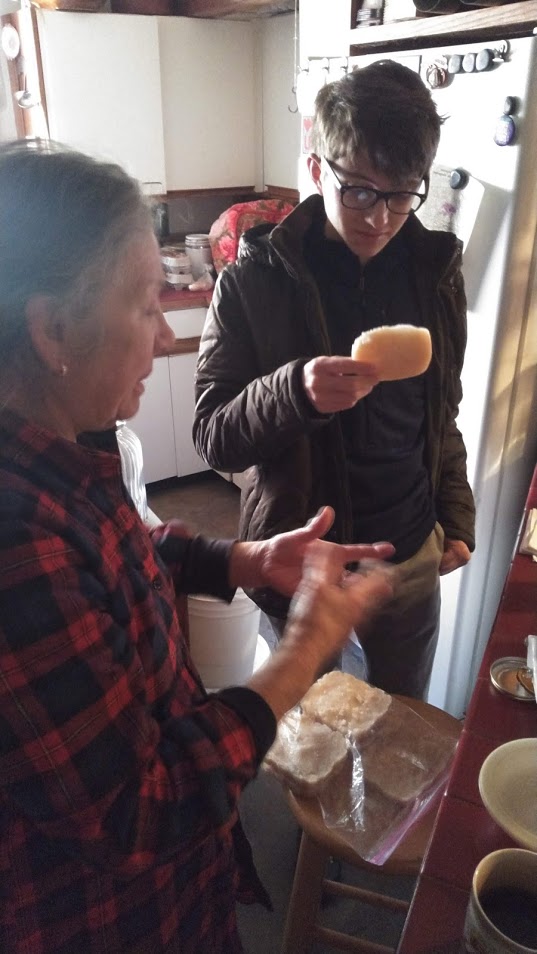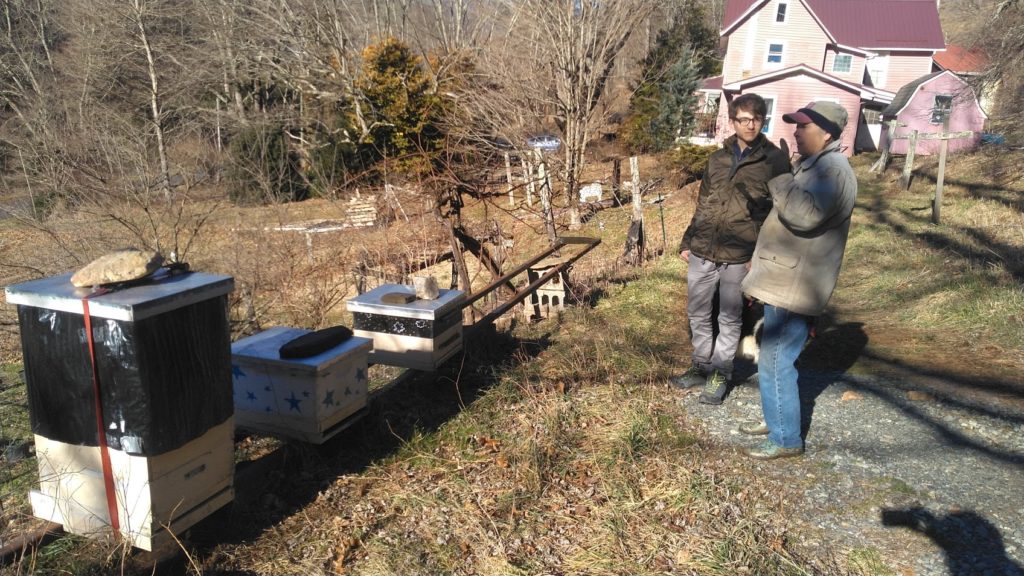Winter Beekeeping Considerations (By Jonathan Howard*)
go.ncsu.edu/readext?645664
en Español / em Português
El inglés es el idioma de control de esta página. En la medida en que haya algún conflicto entre la traducción al inglés y la traducción, el inglés prevalece.
Al hacer clic en el enlace de traducción se activa un servicio de traducción gratuito para convertir la página al español. Al igual que con cualquier traducción por Internet, la conversión no es sensible al contexto y puede que no traduzca el texto en su significado original. NC State Extension no garantiza la exactitud del texto traducido. Por favor, tenga en cuenta que algunas aplicaciones y/o servicios pueden no funcionar como se espera cuando se traducen.
Português
Inglês é o idioma de controle desta página. Na medida que haja algum conflito entre o texto original em Inglês e a tradução, o Inglês prevalece.
Ao clicar no link de tradução, um serviço gratuito de tradução será ativado para converter a página para o Português. Como em qualquer tradução pela internet, a conversão não é sensivel ao contexto e pode não ocorrer a tradução para o significado orginal. O serviço de Extensão da Carolina do Norte (NC State Extension) não garante a exatidão do texto traduzido. Por favor, observe que algumas funções ou serviços podem não funcionar como esperado após a tradução.
English
English is the controlling language of this page. To the extent there is any conflict between the English text and the translation, English controls.
Clicking on the translation link activates a free translation service to convert the page to Spanish. As with any Internet translation, the conversion is not context-sensitive and may not translate the text to its original meaning. NC State Extension does not guarantee the accuracy of the translated text. Please note that some applications and/or services may not function as expected when translated.
Collapse ▲Several winter beekeeping considerations are necessary to keep your beehive alive until Spring. Many of these best practices should have been done already as we are in the New Year, now. The most important thing is to make sure your bees have enough honey to feed on during cold months. One hive of bees should have one super (top box) full of honey which is about 60 pounds of honey. Supplemental feeding can be started by November. Sugar patties are an example of this feeding. They are made from pollen, sugar, and water. Some have additional nutrients and essential oils. You can either buy your own sugar patties from a beekeeping supply house or you can make your own. Checking and treating for varroa mites should have been completed by early December.
Bees need to stay warm during the winter just like us. The bees will sacrifice their lives to keep their queen warm at an astounding 95 degrees. Staying warm is not the only need for bees during the winter. Condensation created by the bees’ heat and moisture can collect at the top of the hive, which can end up freezing the bees. Therefore, proper circulation is required. On warm winter days, starting around 40 degrees, bees will do what is called a “cleansing flight” in which they leave the hive to stretch a little and go to the bathroom. During really cold snaps, your hive can be insulated with a wrap. Before you know it, it will be spring and time to reassess, split or combine hives, and prepare for the coming season.
*Jonathan Howard is a senior at The Fletcher School in Charlotte and met several Watauga County beekeepers during a 4-day shadowing experience at the N.C. Cooperative Extension of Watauga County office.






